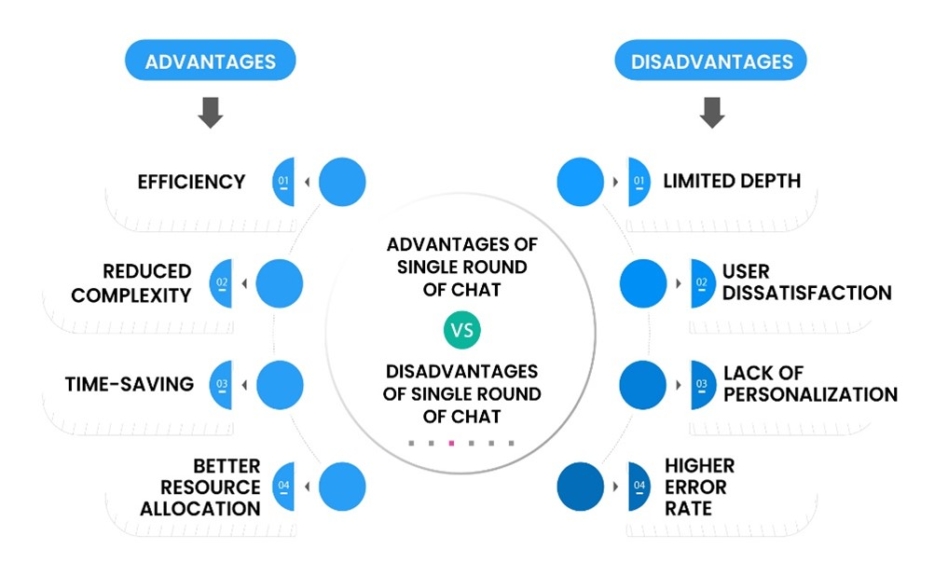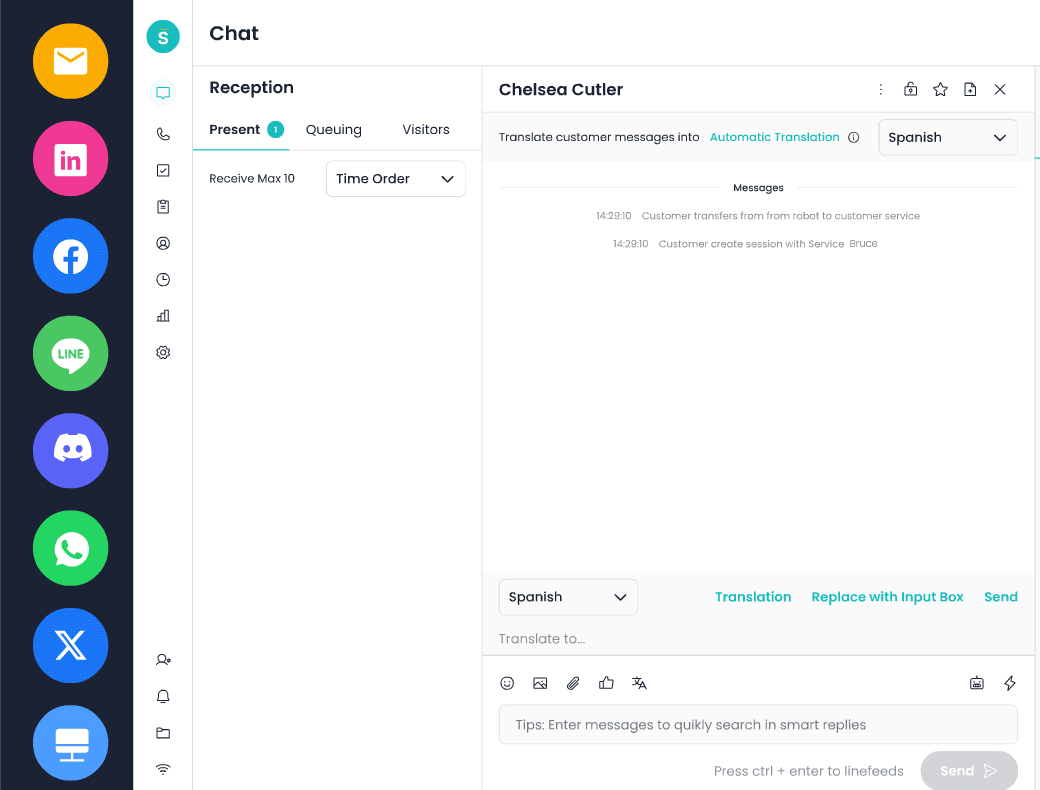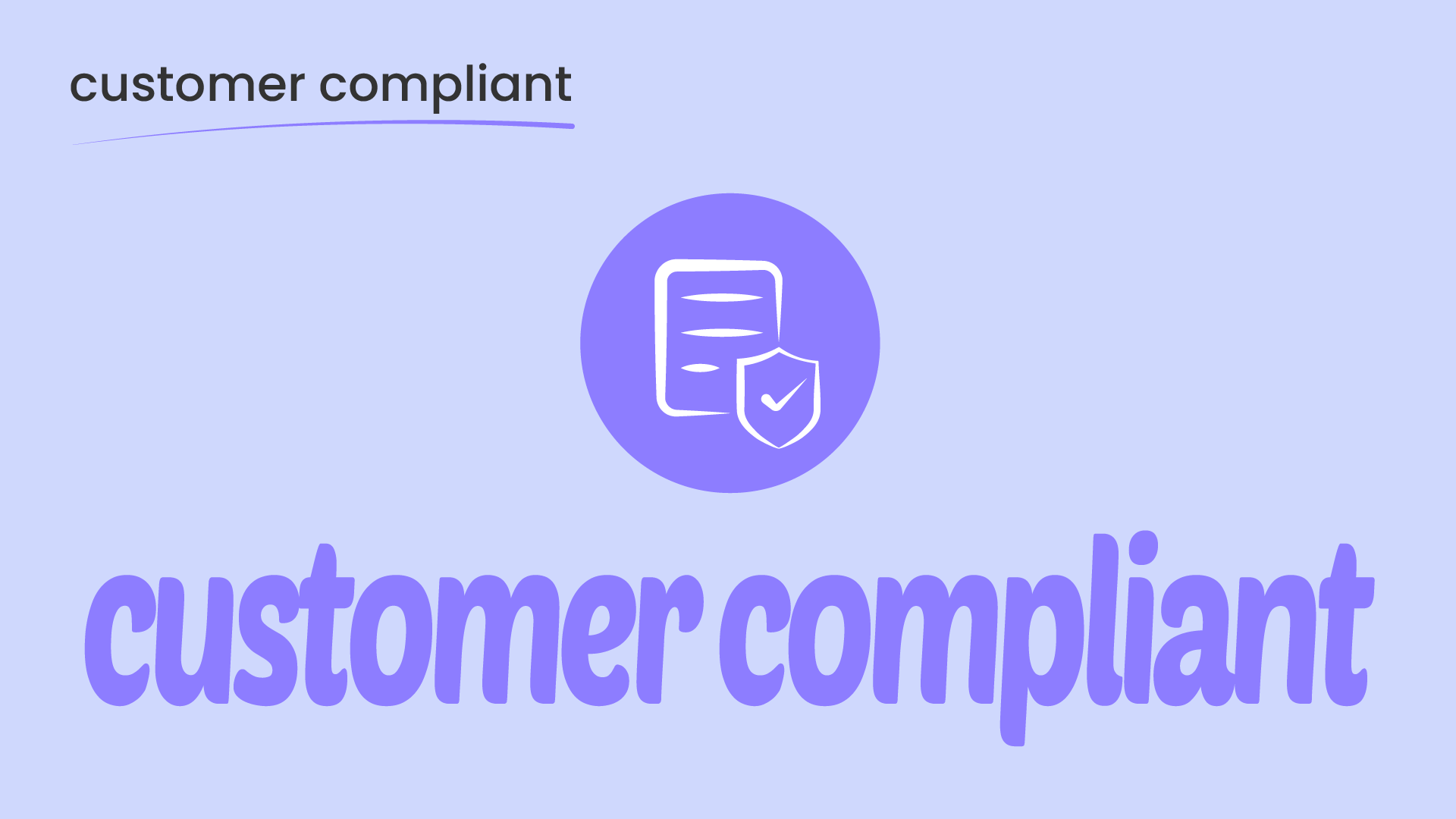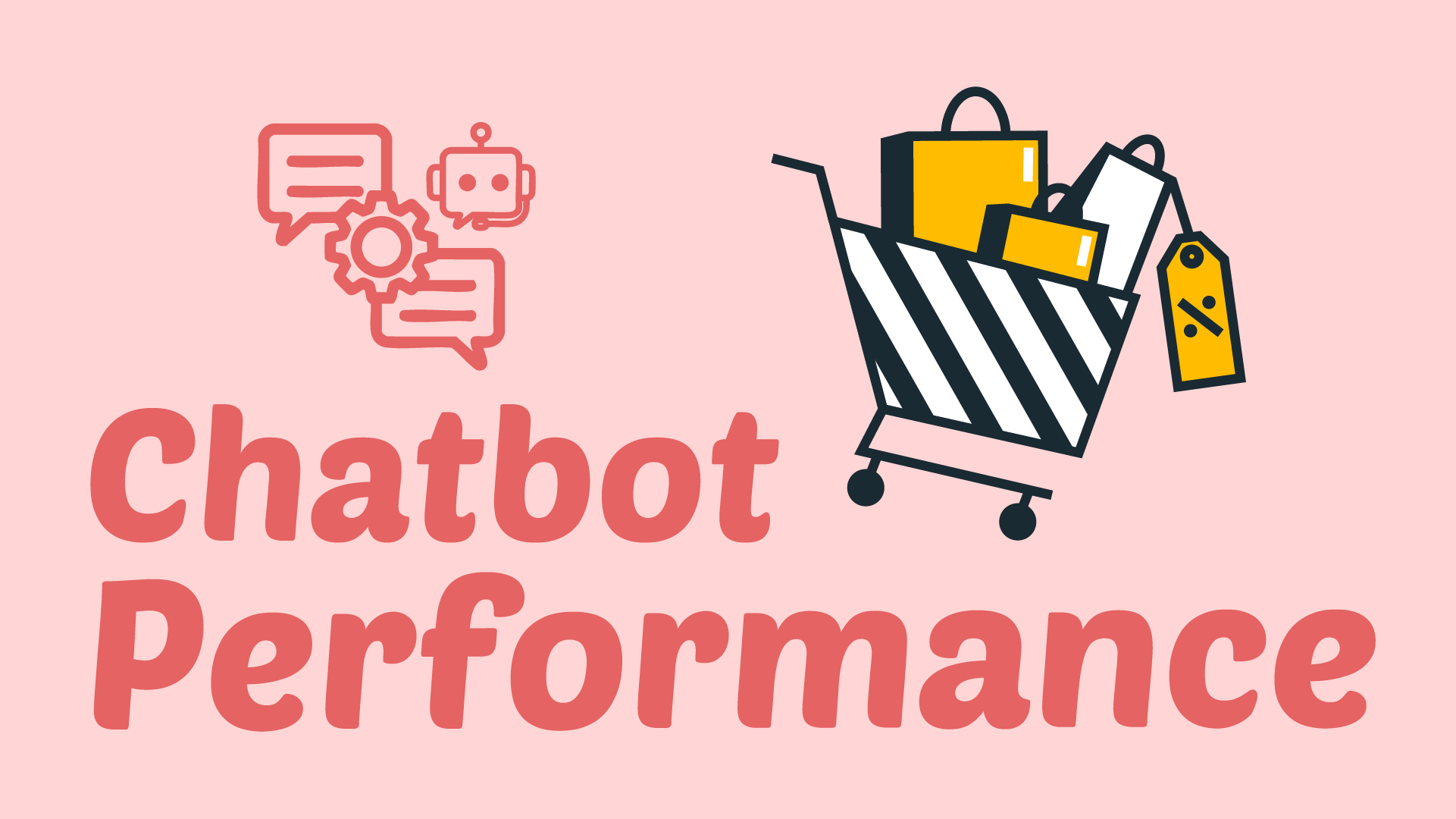In the modern world, advanced artificial intelligence has woven its way into everyday scenarios by molding human interaction with technology. Customer support bots, personal digital assistants, or automated services fall into two broad categories: one-round and multi-round chats. Differences in applications and uses will provide the basis for designing better AI that enhances users’ experiences and improves communication processes.
One-Round Chat: This kind of interaction is the easiest to have with an AI. It basically requires only one question or command, which will be met by only one response. Interactions are short, and no further clarification is needed.
You might ask a virtual assistant, “What’s the weather today?” The assistant responds with the day’s forecast and thus closes the conversation. There is no need to add more words, but the purpose of the AI is to deliver information in short and accurate sentences and as fast as possible. Such chats are used for factual, simple, or least interpretation queries.
One-round chat is efficient simply because it’s simple. Since the AI does not require any context of previous interactions, it can process requests quickly. This makes the system perfectly suited for quick situations like getting directions, setting reminders, or answering fact-based questions. The prompt is processed within the AI system, retrieving relevant information from various data sources and answers in mere seconds.
Advantages and Disadvantages of Single Round of Chat
One of the most essential advantages is efficiency. People can get what they want without performing an extended dialogue. Also, the shortness of the interaction lowers the cognitive load for the user, making it possible to use a device even when a situation is busy or a user is on the go. Many people use voice assistants, for example, while driving, which allows them to keep their eyes on the road.
However, a one-round conversation is trivial, and a one-round conversation has limitations. A single dialogue can’t answer unclear questions or heavy requests. The user may be disappointed if the AI fails to understand the question or the incomplete response. If the question is how much money a financial assistant has, it would be silent and, without designating an account, could return a helpful reaction in case of multiple accounts.
Thus, a one-round chat is better for simple tasks that leave little room for ambiguity.
Multi-round Chat
For this process in multi-round chat, the user would engage in a more extensive conversation with the AI. These interactions are dynamic; such interactions may require that AI retain context, explain information, or garner more information to fulfil an appropriate request from a user. This process works similarly to a human conversation: parties would indulge in back-and-forth exchanges to reach a shared understanding.
Try to make a hotel reservation by chatting with a chatbot. Here’s how it may go:
User: “I’d like to book a hotel room in Paris.”
AI: “Sure! What dates are you looking for?”
User: “Next weekend.”
AI: “Would you prefer a single or double room?”
Here, the AI needs to ask multiple questions to gather all the details, such as dates, room type, and amenities. The system retains the information from earlier exchanges to facilitate a smooth, logical conversation. Multi-round chats are not replaceable since they would be too hard to solve in only one round for tasks like solving travel-related problems, some technical troubleshooting, or comprehensive customer care questions.
The strength of multi-round chat is its ability to deal with involved situations. The AI can prompt questions for clarification and get additional information to provide a more personalized and accurate service. Thus, Service-oriented roles make it more intuitive and user-friendly, where understanding the user’s needs comes first. However, building an efficient multi-round chat system is very far from trivial: to understand and track contextual information, memory, and what the user intends to carry out throughout a conversation, sophisticated capabilities of NLP are inevitable. Misunderstandings or loss of context often occur when a user jumps between topics or does not provide all the necessary answers.
Such systems require efficient handling of error messages or clarification requests, which means considerable computational resources and advanced algorithmic design.
This, too, sometimes causes user irritation in multi-round chat once the conversation stretches a long distance without yielding a proper conclusion. Users like speed, so interaction can become difficult or inefficient when AI cannot provide one. Development here involves tremendous effort: a great struggle to achieve an optimum degree of richness with acceptable conversation efficiency.

Context Management in Multi-round Chat
One of the critical and more complex factors in multi-round chats is context management. If a user starts by saying her place of residence is “New York” and then subsequently requests “restaurant recommendations,” not asking again about New York, the AI could link restaurants in New York to an informed response.
Memory management can be somewhat tricky. Other systems maintain short-term memory and retain contexts only during a session. Others are experimenting with concepts of long-term memory attributes, where the system also recalls essential details from a previous session. This promises AI will help people be more personalized in various walks of life. It raises serious issues of privacy and data security.
One-mode or Multi-mode Chat
The implementation of one-round or multi-round chat depends on the use case. One-round chat is best suited for applications where speed and efficiency are most considered, such as general knowledge questions or simple tasks. These interactions are easy to program, require less computational power, and produce results instantly. Multi-round chat can be applied in conversations that require in-depth knowledge about the user’s needs. Using multi-round chats is crucial because it considers users’ preferences and the AI system can adjust the chat based on the information received during the dialogue.
The Future of AI Conversations
As technology advances, hybrid systems are increasingly becoming the norm. Such systems can begin with a one-round response but smoothly transition into a multi-round dialogue if the first round of interaction calls for further clarification. For example, an AI assistant might give a quick weather update but engage in a more detailed conversation if the user asks about travel plans affected by the weather.
The innovations in NLP and machine learning push the boundaries of what can be achieved by AI conversational systems. More intuitive and context-aware models will mean more natural and effective communication between humans and AI systems, closing the gap from human-like interactions to current AI technology.
The debate over one-round and multi-round chat shows the changing face of AI interactions. Single-round chat is efficient for light conversations, but multi-round chat provides depth and flexibility for heavy discussions. Understanding the difference will help developers and businesses apply suitable AI systems to best meet users’ needs: efficient and engaging.
The possibilities for more meaningful and effective AI communication are limitless as we continue to advance these technologies.






